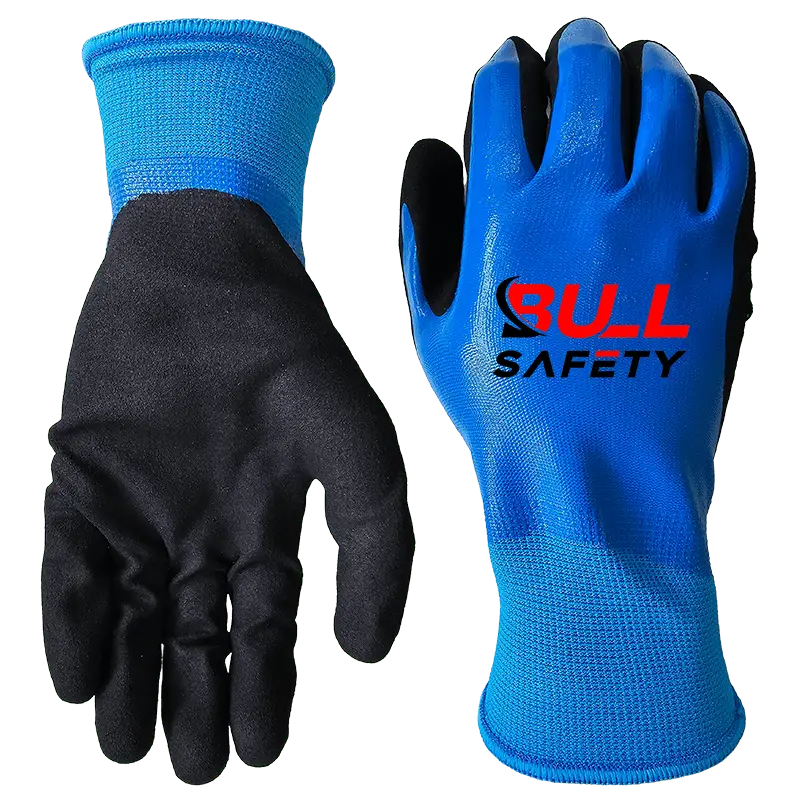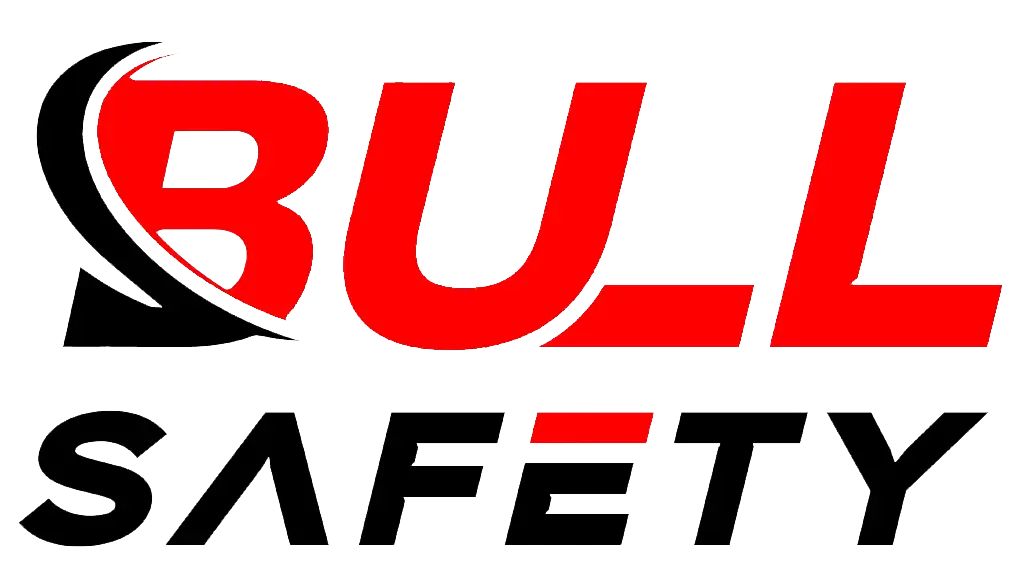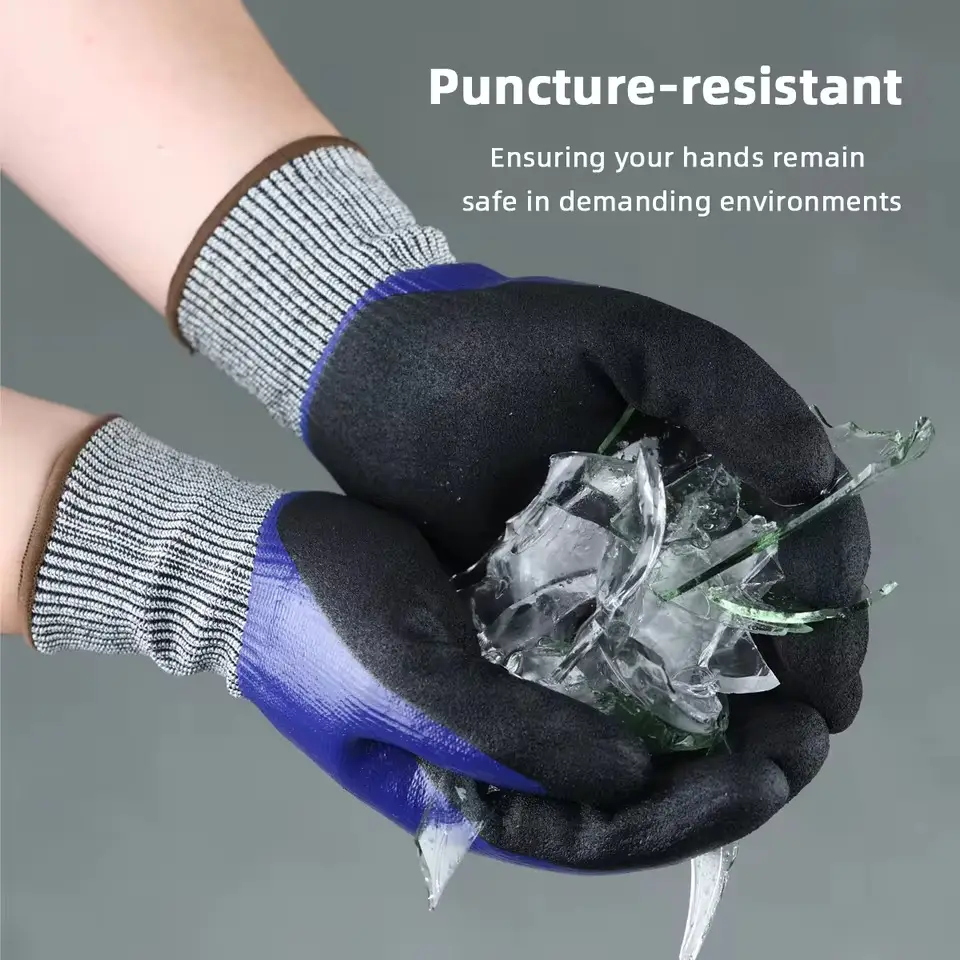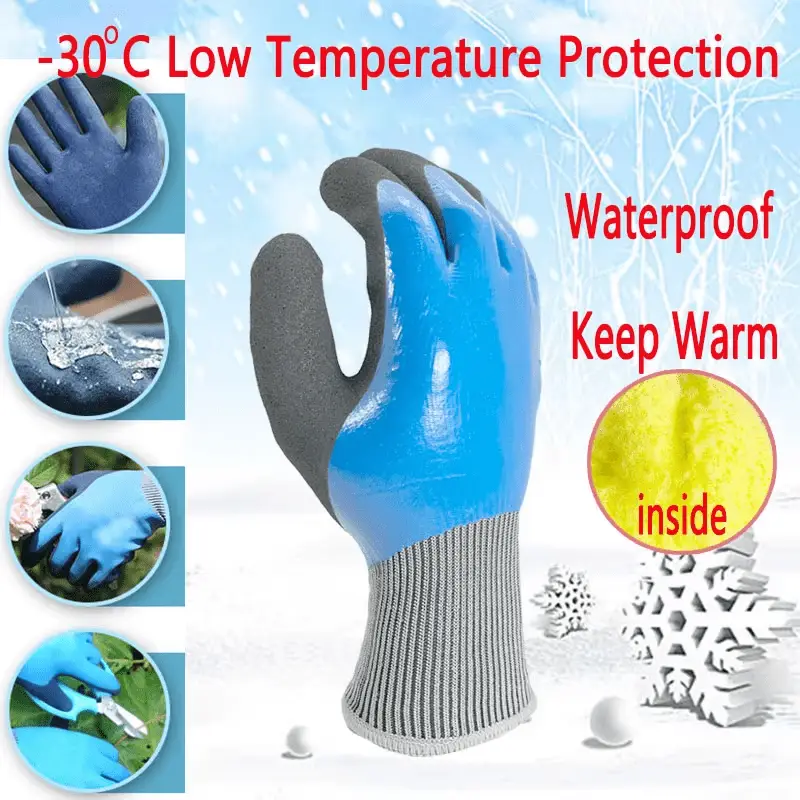 bullsafety sandy nitrile full coated gloves
bullsafety sandy nitrile full coated gloves
Waterproof gloves are a critical component of personal protective equipment1 (PPE) for workers who need to operate in wet or damp environments. Whether you’re handling hazardous materials2, working in construction3, or simply dealing with water exposure, waterproof gloves provide necessary protection and comfort. But how do they function, and are they really as effective as they claim? Let’s take a closer look.
Waterproof gloves are the gloves that specially designed to keep your hands dry by using materials and coatings that prevent water from penetrating.
Waterproof gloves play a pivotal role in various industries, including construction, food processing, agriculture, and healthcare. These gloves are made from materials such as nitrile, latex, PVC, or rubber, which ensure that no water penetrates through the surface. The market for waterproof gloves is expanding, driven by a growing need for reliable hand protection against water exposure.
In this article, we’ll dive into the essential details you need to know about waterproof gloves—what they are, how they work, and how they compare to other types of gloves, such as water-resistant ones.
What Are Waterproof Gloves made of?
Waterproof gloves are designed to block water from entering, ensuring your hands stay dry even in wet environments.
Waterproof gloves are made from materials like latex, nitrile, or PVC, which provide a barrier that doesn’t allow water to penetrate.

Waterproof gloves are primarily used in industries where workers face constant exposure to wet or damp conditions. Whether it’s heavy rain, submerged tasks, or working in environments with high moisture levels, these gloves provide full protection against water. But they don’t stop at just water; they are often designed to resist other elements, including chemicals, oils, and dirt.
Key Features of Waterproof Gloves
Waterproof gloves stand out in their ability to create a fully impermeable barrier against water. The key characteristics of these gloves include:
-
Waterproof Coatings: Many waterproof gloves are coated with latex, nitrile, PVC, or rubber. These coatings prevent water from seeping through the gloves, keeping the wearer’s hands dry and comfortable.
-
Sealed Seams: A critical feature of waterproof gloves is sealed or taped seams. Seams are one of the most vulnerable points for water infiltration, so manufacturers often reinforce them with sealing techniques to ensure no water can enter.
-
Breathability: Although waterproof, many gloves are designed to allow moisture from sweat to escape, ensuring the wearer’s hands remain dry and comfortable for extended periods. This is crucial in avoiding the buildup of moisture inside the gloves.
-
Durability: Waterproof gloves are designed to withstand harsh conditions. The durability of the material used plays a major role in ensuring the gloves remain effective over time, even with constant water exposure.
-
Elastic Fit and Comfort: Waterproof gloves often feature adjustable cuffs or elastic wristbands to prevent water from entering the gloves at the top. This added feature ensures that water does not seep in, even when the gloves are submerged.
Waterproof Gloves in Various Industries
Waterproof gloves are used in a wide array of industries, and each industry has unique requirements. Some key industries and the types of gloves they typically require include:
| Industry | Typical Use Cases | Gloves Needed |
|---|---|---|
| Construction | Handling wet concrete, operating in the rain, heavy-duty tasks | Nitrile or PVC-coated gloves for water resistance and durability |
| Food Processing | Handling raw or wet food products, dishwashing | Latex or nitrile gloves, sometimes with anti-bacterial coatings |
| Healthcare | Medical procedures in wet conditions, sanitation tasks | Latex or nitrile gloves, designed for both waterproofing and hygiene |
| Agriculture | Working in the rain or with water-soaked materials | Heavy-duty rubber or PVC gloves with full water resistance |
Factors to Consider When Purchasing Waterproof Gloves for PPE
When sourcing waterproof gloves for your business, consider the following factors:
- Waterproof Certification: Look for gloves with industry certifications that guarantee their effectiveness.
- Material Quality: Choose gloves made from high-quality materials to ensure long-term durability.
- Breathability: It’s essential to consider breathability, especially for long-term wear. Gloves with moisture-wicking properties can help maintain comfort.
- Comfort: Gloves should be comfortable to wear for long periods, especially if workers are required to perform intricate tasks. Look for ergonomic designs that reduce hand fatigue.
What Are Water-Resistant Gloves?
Water resistant gloves are often confused with waterproof gloves, but they differ significantly in terms of water protection. While waterproof gloves provide an impermeable barrier, water resistant gloves are designed to repel water without fully preventing it from entering.
Water resistant gloves provide a degree of water protection but are not completely waterproof. They are more breathable than waterproof gloves and are typically used for lighter tasks.
Water-resistant gloves offer protection against light rain and brief exposure to moisture, making them ideal for tasks where water contact is brief or not excessive. They are often made from lighter, more flexible materials like cotton, polyester, or leather treated with a water-repellent coating. While these gloves may offer adequate protection against moisture, they do not withstand continuous exposure to water.
Materials Used in Water-Resistant Gloves
Water resistant gloves are typically made from lighter materials that allow for better breathability but can still resist moisture to some degree. Some of the most common materials used include:
- Cotton with Water-Repellent Coatings: This provides basic water resistance and is often used for light work tasks.
- Polyester: Often treated with water-resistant coatings, polyester gloves are comfortable and allow air circulation while still offering protection against light moisture.
- Leather: Leather gloves that have been treated to be water-resistant can offer some protection against rain and damp conditions, though they are not fully waterproof.
Benefits of Water-Resistant Gloves
Water-resistant gloves are suitable for:
- Gardening: Tasks involving light water exposure.
- Light outdoor work: Tasks like lawn maintenance or yard work where gloves are exposed to rain or dew for short periods.
- Maintenance work: When workers need protection in mildly wet environments, but full waterproofing is unnecessary.
Application Table: Waterproof vs. Water-Resistant Gloves
| Feature | Waterproof Gloves | Water-Resistant Gloves |
|---|---|---|
| Level of Water Protection | Fully waterproof, impermeable to water | Resists water but doesn’t fully prevent entry |
| Ideal Use | Extended exposure to water, handling wet materials | Light exposure to water, outdoor tasks |
| Breathability | Less breathable due to waterproof barrier | More breathable, ideal for tasks with short water exposure |
| Material | Nitrile, latex, PVC, rubber | Cotton, polyester, treated leather |
What’s the Difference Between Waterproof Gloves and Water-Resistant Gloves?
The key difference between waterproof gloves and water-resistant gloves is their ability to prevent water from entering. Waterproof gloves are made to withstand heavy water exposure, while water-resistant gloves are suitable for light or temporary moisture contact.
Waterproof gloves create a complete seal against water, whereas water-resistant gloves only offer partial protection against moisture.
Waterproof gloves are often used in heavy duty environments4, such as construction, food processing, and chemical handling. Water-resistant gloves, on the other hand, are generally more suited for tasks like gardening or light outdoor work.
Differences in Materials
| Feature | Waterproof Gloves | Water-Resistant Gloves |
|---|---|---|
| Water Resistance | Full protection against water penetration | Partial protection, some water may seep through over time |
| Material | PVC, nitrile, rubber, latex | Cotton, polyester, treated leather |
| Seam Integrity | Fully sealed or taped seams | Seams may not be fully sealed |
| Application | Heavy-duty tasks, long-term exposure to water | Light-duty tasks, short-term exposure to moisture |
Can Waterproof Gloves Also Be Cut Resistant Gloves?
Yes, waterproof gloves5 can be designed with cut-resistant properties6. These dual-purpose gloves are an excellent choice for industries where workers face the risk of sharp objects in wet conditions.
Cut resistant waterproof gloves combine the protective qualities of waterproofing and cut resistance, making them suitable for more dangerous environments.
For example, in metalworking or construction, workers need protection from both sharp edges and moisture. These gloves typically incorporate materials like Kevlar7, steel mesh8, or Dyneema along with a waterproof coating9. This ensures that workers are protected from cuts, abrasions, and water simultaneously.
Why Choose Cut Resistant Waterproof Gloves?
Because Cut resistant waterproof gloves provide both waterproof and cut resistant protection:
- Dual Protection: Protection against both cuts and water, crucial for workers in metal industries or construction.
- Durability: The materials used in these gloves are designed to withstand harsh working conditions while maintaining flexibility and comfort.
- Safety Compliance: Gloves made with materials like Kevlar or steel mesh comply with stringent safety standards for cut resistance.
Use Cases for Cut-Resistant Waterproof Gloves
| Industry | Use Case | Gloves Needed |
|---|---|---|
| Construction | Handling sharp objects and working in wet conditions | Cut-resistant waterproof gloves with Kevlar or steel mesh |
| Metalworking | Working with sharp metals in wet environments | Gloves with high cut resistance and waterproof coating |
| Logistics | Handling heavy-duty materials with sharp edges | Heavy-duty cut-resistant waterproof gloves |
Conclusion
Waterproof gloves are essential for protecting workers in wet environments. Understanding the differences between waterproof and water-resistant gloves will help you select the right type for your needs. Combining features like cut resistance and waterproofing can provide additional safety, ensuring that workers remain protected in both wet and hazardous conditions.
-
This link will tell you the personal protective equipment from OSHA website. ↩
-
This link will tell you hazardous materials from OSHA website. ↩
-
This link will tell you what are construction industry. ↩
-
This link will tell you what are heavy duty environments. ↩
-
Discover the top waterproof gloves that provide protection and comfort in wet conditions for industrial workers. ↩
-
Learn about the technology behind cut-resistant properties in gloves and their importance in safety gear. ↩
-
Exploring this link will provide insights into how Kevlar enhances safety and durability in gloves, crucial for workers. ↩
-
Understanding the role of steel mesh in gloves can help you appreciate its protective features against sharp objects. ↩
-
This resource will explain how waterproof coatings keep workers safe and dry, enhancing their performance in wet conditions. ↩





